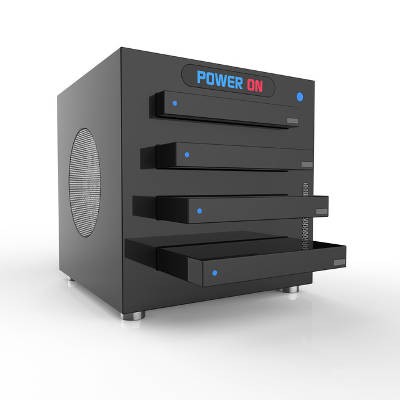Directive Blogs
Tech Term: Exploring Network Attached Storage
IT is filled with jargon and terms that are likely to bamboozle someone without hands-on experience with the solutions that power a business. One such term is network attached storage, or its shorthand, NAS. Today, we’ll examine this tech term to learn more about it, and what influence - if any - it should have on your business.
What is “Network Attached Storage?”
Network attached storage is the term given to a computing device on a business’ network that is used exclusively for storing files and data. In this way, it is very similar to a server, as it is in its accessibility to anyone connected to the network.
NAS is primarily used as a personal media storage solution. Using one provides a central location for a family to save their libraries to that enables anyone in the household to make use of the files inside. If this sounds familiar, that’s probably because your server serves a very similar purpose in your business.
NAS can be used as a supplement to a server in the business setting. However, many businesses will also try to utilize it as a backup and disaster recovery solution, which we don’t recommend.
The Key Difference Between NAS and BDR
The argument could be made that a backup and disaster recovery, or BDR, device is essentially just a NAS device with a very specific function. However, this comparison is undermined by the fact that a BDR device requires a very specific configuration that the typical NAS device doesn’t have.
This is why we recommend that you reach out to us at Directive for your needs. Not only can we assist you with your business continuity planning, we can also evaluate if NAS is right for your business and implement the solution that suits your needs the best.
For more information, call us at 607.433.2200.


